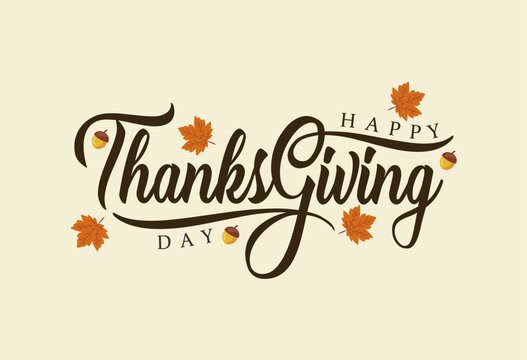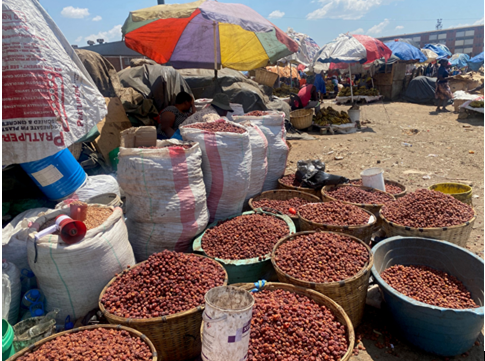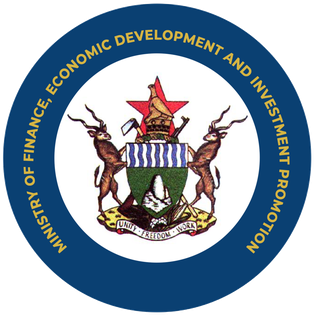
Cardano and Solana are two major players in the cryptocurrency world that have been making waves with their ambitious goals and cutting-edge technologies. While both aim to provide efficient, scalable, and secure blockchain solutions, their approaches and long-term visions differ significantly. In this article, we'll delve into the grand plans of Cardano and Solana, and explore the exciting developments on the horizon for their respective ecosystems.
Cardano's Meticulous Approach and Academic RigorCardano is a decentralized blockchain platform founded by Charles Hoskinson, one of the co-founders of Ethereum. From the outset, Cardano's development has been guided by a research-driven, peer-reviewed approach that emphasizes security, scalability, and sustainability.
The Cardano team has a long-term vision of creating a robust, flexible, and adaptable blockchain platform capable of supporting a wide range of applications, from finance and governance to supply chain management and beyond. Their methodical approach involves rigorously testing and verifying every component of the system before implementation, aiming to create a secure and future-proof foundation.
One of Cardano's key features is its unique proof-of-stake consensus algorithm, called Ouroboros, which is designed to be more energy-efficient and environmentally friendly than the traditional proof-of-work model used by Bitcoin.
Upcoming Developments in the Cardano Ecosystem:
- Hydra: A scalability solution that aims to process a staggering 1 million transactions per second through the use of isomorphic state channels.
- Catalyst: A decentralized governance system that allows ADA holders to vote on project funding and protocol updates, fostering community involvement.
- Marlowe: A domain-specific language for creating and executing financial smart contracts on the Cardano blockchain.
- Atala PRISM: A decentralized identity solution designed to provide secure and privacy-preserving digital identities for individuals and organizations.
The opinion of the experts is divided, and many believe that Solana is better than Cardano, but is it true? Solana is a relatively new blockchain project that has gained significant attention for its innovative approach to scalability and its goal of becoming the fastest blockchain in the world. Developed by Anatoly Yakovenko and the Solana team, the project aims to address the limitations of existing blockchain platforms, particularly in terms of transaction speed and throughput.
Solana's long-term vision is to create a highly performant, censorship-resistant, and decentralized blockchain infrastructure capable of supporting a wide range of applications, from decentralized finance (DeFi) to gaming and beyond. The team is focused on developing a blockchain that can process thousands of transactions per second while maintaining low fees and high security.
At the core of Solana's architecture is a unique proof-of-history (PoH) consensus mechanism that enables parallel transaction processing, combined with a proof-of-stake (PoS) consensus model. This innovative approach allows Solana to achieve impressive throughput and low latency, making it well-suited for high-performance applications.
- Mavhunga puts DeMbare into Chibuku quarterfinals
- Battle of Zim abandoned
- Funding spurs mothers’ fight against malnutrition
- Funding spurs mothers’ fight against malnutrition
Keep Reading
Upcoming Developments in the Solana Ecosystem:
- Solana Pay: A decentralized payment protocol that aims to provide a seamless and secure payment experience for merchants and customers alike.
- Solana NFT Marketplace: A dedicated platform for creating, buying, and selling non-fungible tokens (NFTs) on the Solana blockchain.
- Solana DeFi Projects: Several decentralized finance projects, such as Serum, Raydium, and Solana-based stablecoins, are expected to gain traction, expanding the DeFi ecosystem on Solana.
- Solana Gaming: With its high throughput and low latency, Solana is positioning itself as a prime blockchain for decentralized gaming applications and platforms.
While Cardano and Solana have distinct approaches and visions, there is a growing recognition of the need for compatibility and interoperability between different blockchain ecosystems. Both projects are actively exploring ways to facilitate cross-chain communication and enable seamless interactions with other blockchain networks.
Cardano's team has expressed interest in building bridges to other ecosystems, such as Ethereum, through the use of cross-chain communication protocols. Similarly, Solana's developers are working on interoperability solutions that would allow assets and data to move freely between different blockchain networks.
This pursuit of interoperability reflects a broader trend in the blockchain industry, where developers recognize the value of collaboration and interconnectivity. By enabling cross-chain communication, Cardano and Solana aim to unlock new possibilities for decentralized applications, asset transfers, and collaborative development.
The Road Ahead: Crypto Challenges and OpportunitiesWhile Cardano and Solana have ambitious long-term visions and exciting developments on the horizon, they also face significant challenges and uncertainties.
For Cardano, one of the main challenges is maintaining its rigorous academic approach while ensuring timely delivery of new features and updates. The project's meticulous development process can sometimes lead to slower progress compared to its more agile competitors.
Solana, on the other hand, must prove its scalability claims in real-world scenarios and demonstrate its ability to handle high transaction volumes without compromising security or decentralization. Additionally, the project faces competition from other high-performance blockchain platforms, such as Avalanche and Aptos.
Both ecosystems will need to attract developers, foster a vibrant community, and encourage widespread adoption of their respective platforms and applications. Regulatory challenges, market volatility, and evolving user demands will also play a role in shaping the future of Cardano and Solana.
ConclusionThe cryptocurrency and blockchain space is a rapidly evolving landscape, with projects like Cardano and Solana pushing the boundaries of what's possible. While their approaches and visions differ, both ecosystems share a commitment to innovation, scalability, and decentralization.
As Cardano and Solana continue to develop and implement their ambitious roadmaps, we can expect to see exciting new developments in areas such as scalability, governance, decentralized finance, and identity solutions. However, the success of these projects will ultimately depend on their ability to navigate challenges, attract developers and users, and adapt to the ever-changing demands of the blockchain industry.
Whether you're a developer, investor, or simply a curiou
s observer, the journeys of Cardano and Solana are sure to be fascinating and influential in shaping the future of blockchain technology. As these ecosystems continue to evolve, we can look forward to witnessing groundbreaking innovations and potential real-world applications that could transform various industries and sectors.











